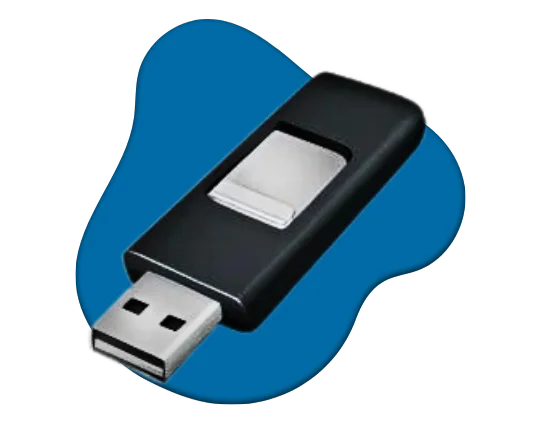
Rufus
~1.3 MB (varies by version)
Latest stable version: 4.3 (as of now)
Pete Batard / Akeo
Free / Open Source (GPL)
Windows 8 or later
Bootable USB creator / System Utility
Create bootable USBs, UEFI support, etc.
Highly rated on tech sites (e.g. 4.8/5)
Rufus is a lightweight yet powerful open-source utility for Windows that allows users to create bootable USB drives with ease. Whether you’re installing a new operating system, flashing BIOS, or simply formatting a drive, Rufus offers a fast and reliable solution. Known for its speed and simplicity, Rufus has become a go-to tool for IT professionals, tech enthusiasts, and everyday users alike.
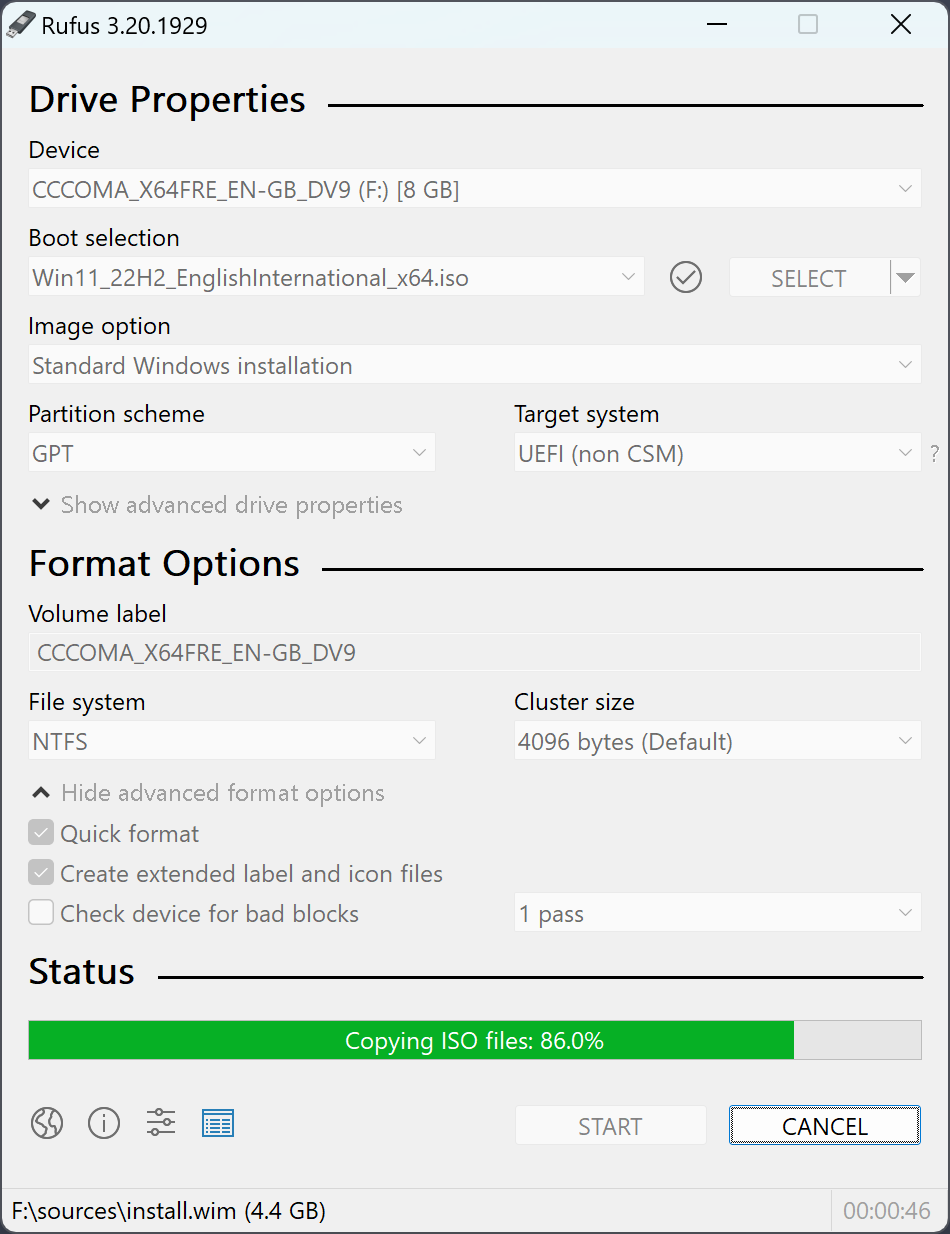
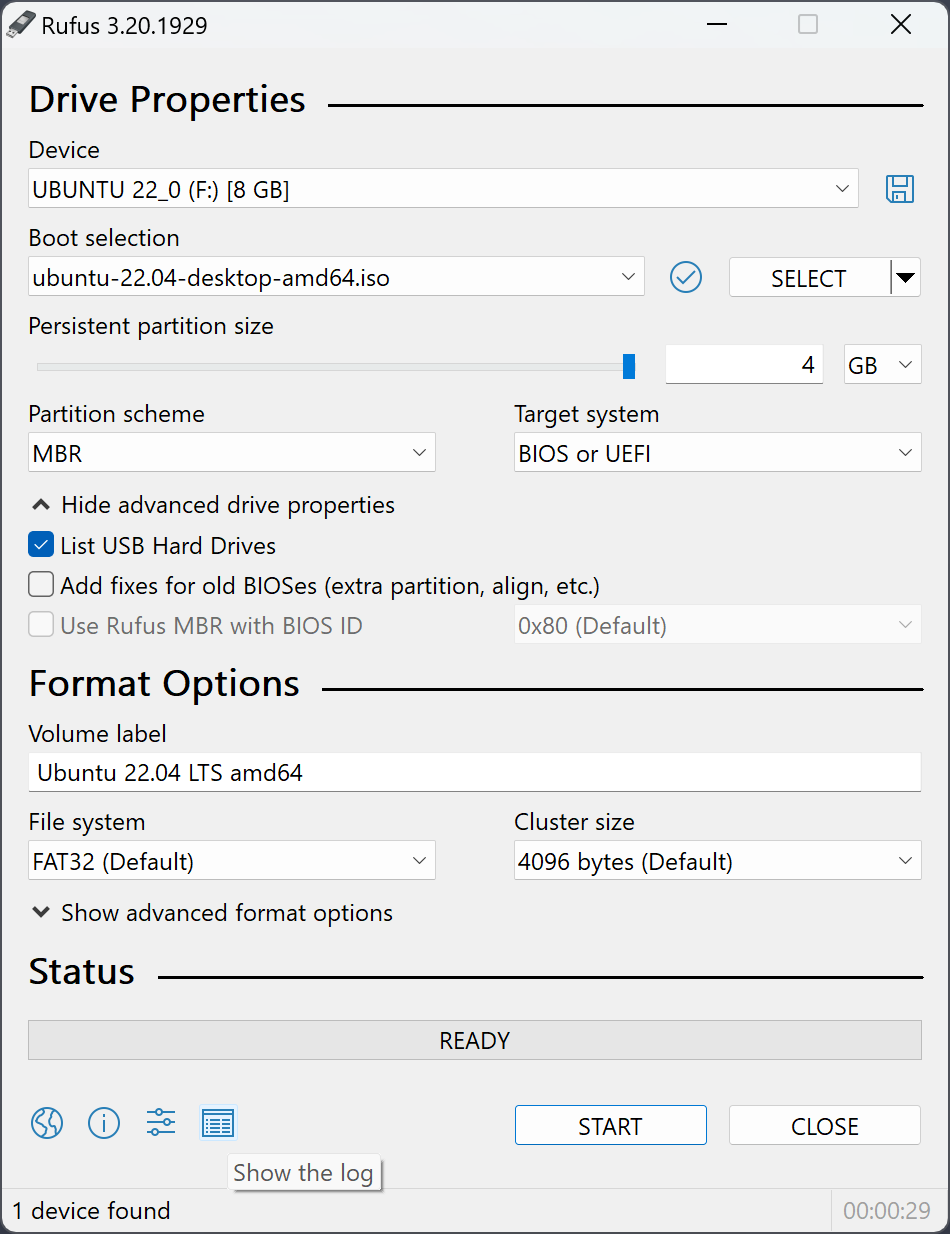
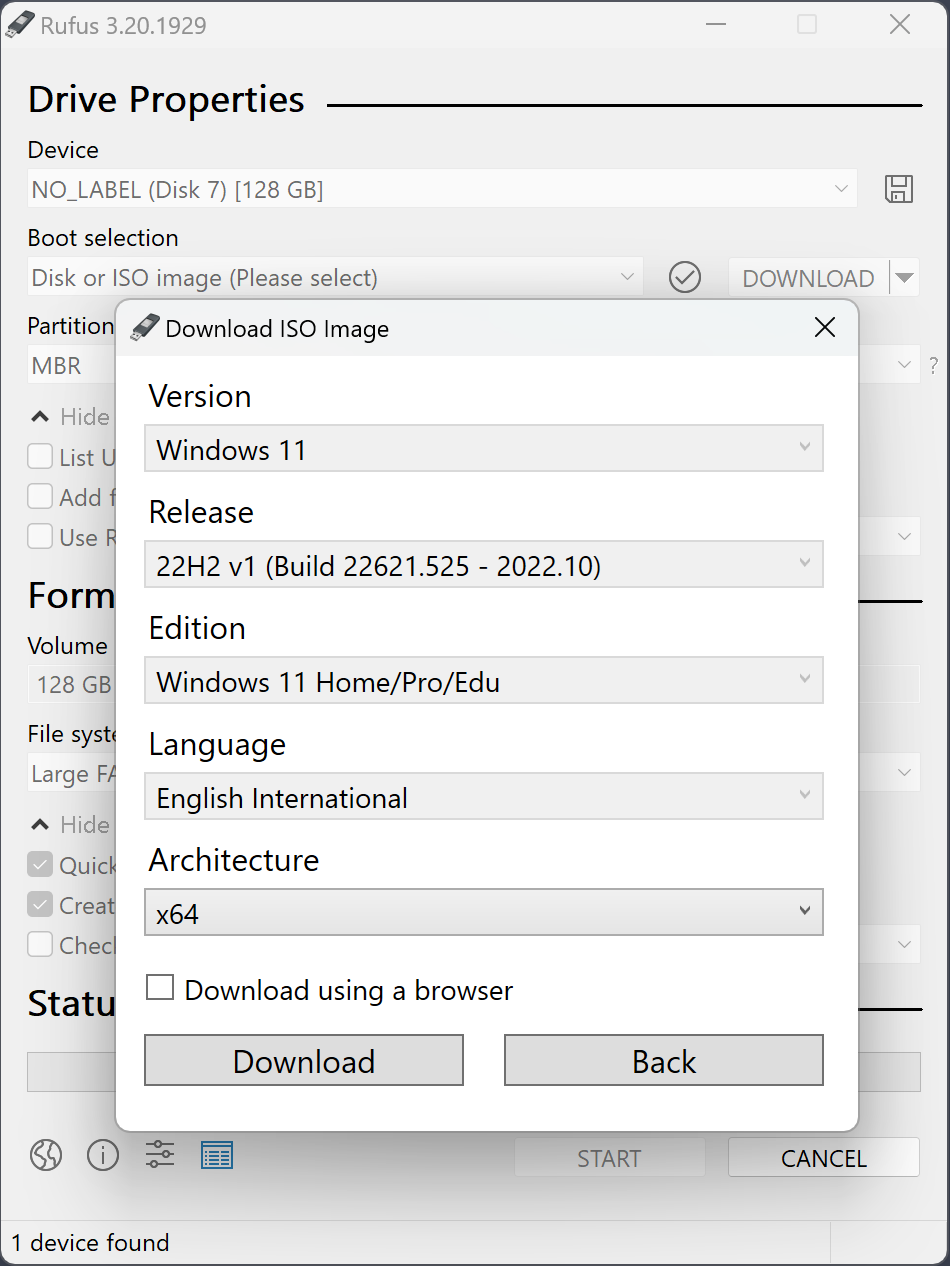
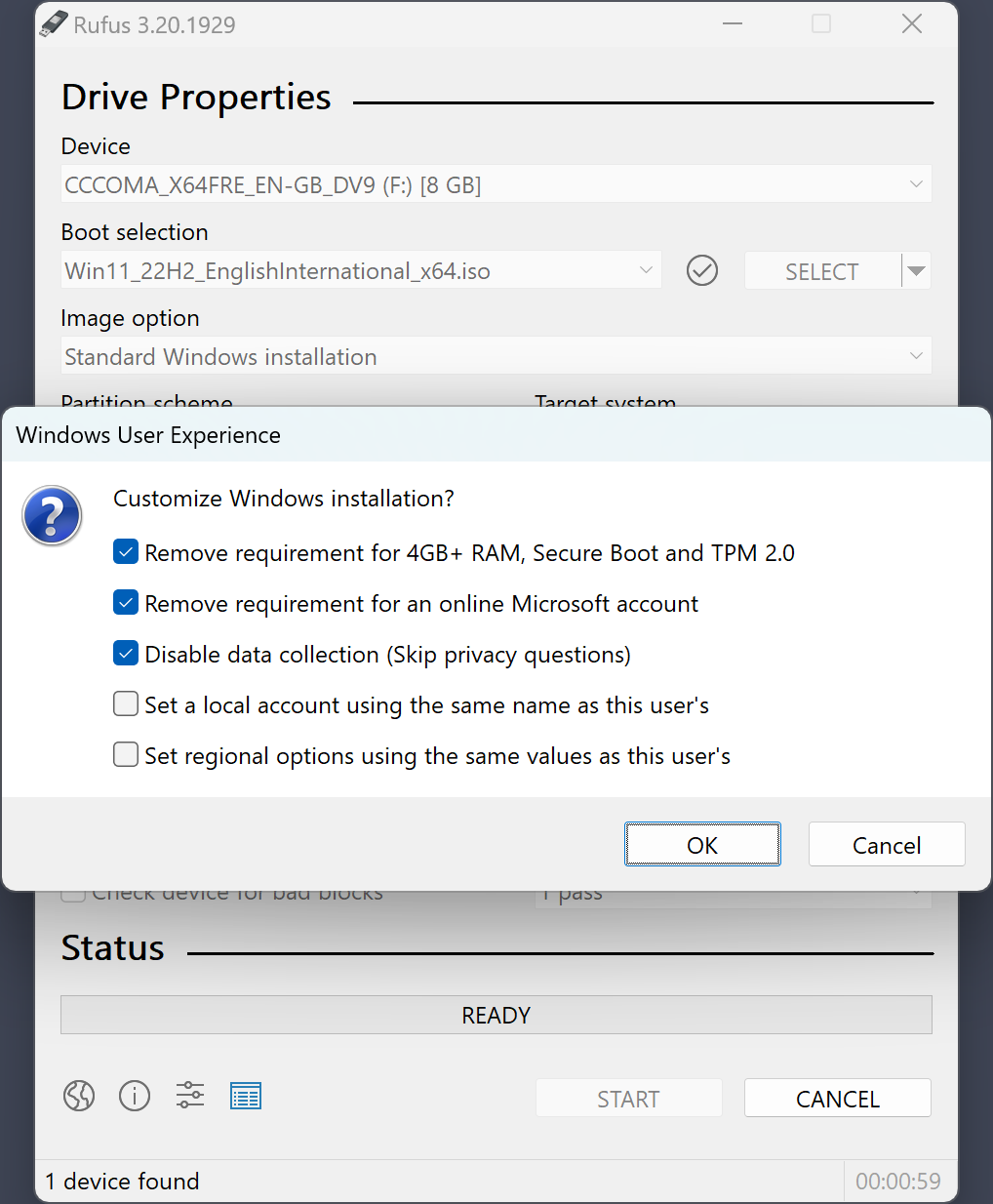
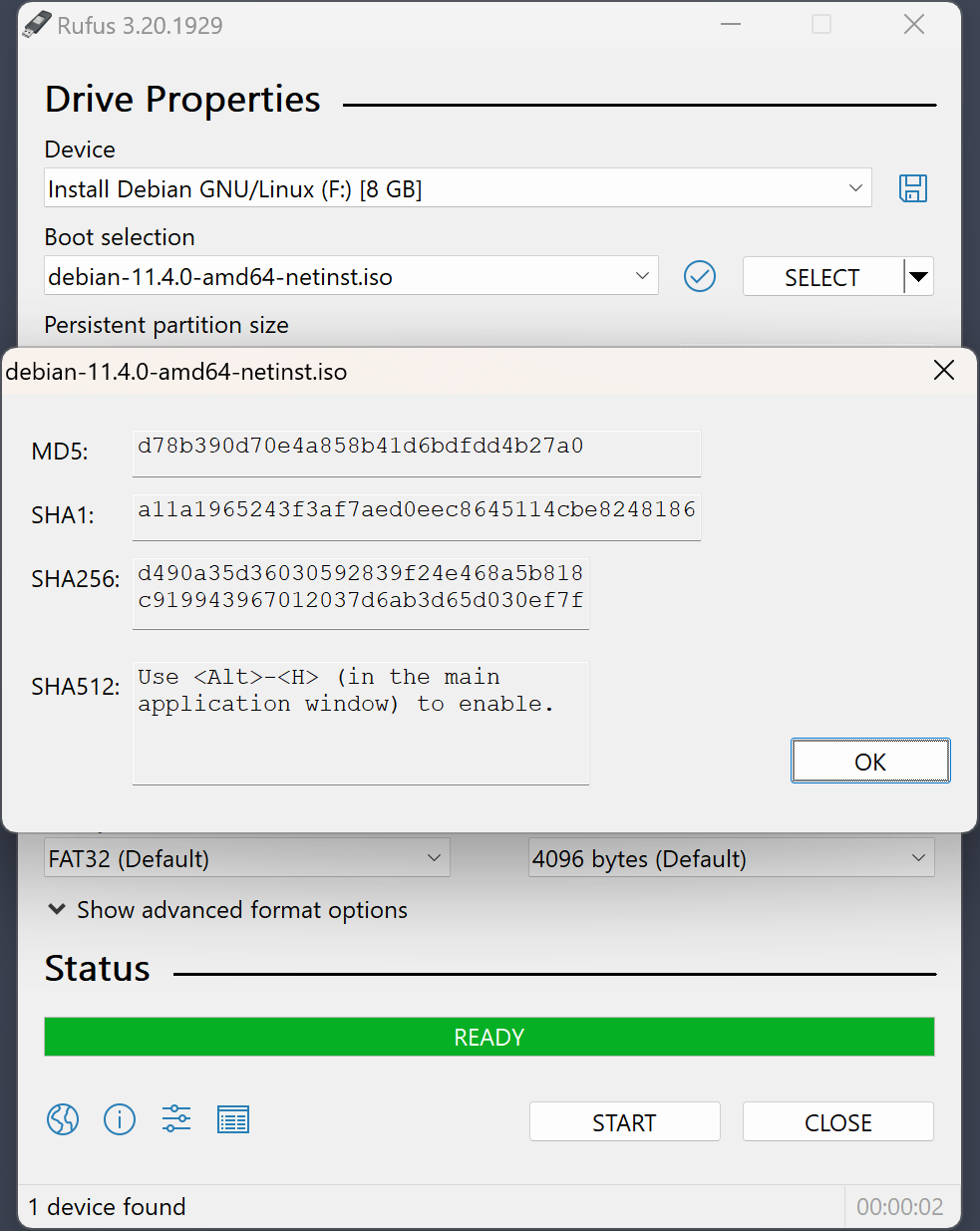
Rufus is a free, open-source utility that helps you create bootable USB drives. It is typically used to make USB drives bootable with operating system installation files or utility tools, such as Windows, Linux distributions, or firmware recovery tools. It works by formatting and copying the required bootloader and file system structure onto a USB drive, enabling it to boot a system.
Rufus can create bootable drives for:
Yes, Rufus is only available for Windows. There is no native version for macOS or Linux.
Yes, Rufus can create bootable drives for both Windows and Linux. You can use it to create a USB boot disk for various Linux distributions, such as Ubuntu, Fedora, and more.
Yes, Rufus is completely free to use. It is open-source software.
Rufus is a portable application. You don’t need to install it, just download and run the executable.
Rufus runs on Windows and requires the following:
Yes, Rufus allows you to create bootable drives from ISO files. You just need to select the ISO file when creating the bootable USB drive.
To download Rufus, go to Rufus official website and download the latest version. Rufus does not require installation; simply download the .exe file and run it directly.
No, there is no version of Rufus for macOS or Linux. However, you can use similar tools like Etcher or UNetbootin on these platforms to create bootable drives.
To create a bootable USB drive:
Rufus supports several file systems:
For BIOS/UEFI systems, select MBR as the partition scheme, and ensure that the boot mode is BIOS or UEFI.
Yes, you can create a USB drive that is bootable for both UEFI and legacy BIOS systems by selecting the appropriate partition scheme (MBR) and boot mode (BIOS or UEFI) in Rufus.
To create a bootable USB for Windows 10/11:
Yes, Rufus can create a bootable USB for any Linux distribution, including Ubuntu, Fedora, and more. Simply select the ISO of the Linux distribution.
Yes, Rufus can handle ISO files larger than 4GB, but the file system must be set to NTFS or exFAT rather than FAT32 (since FAT32 has a 4GB file size limit).
Yes, Rufus supports creating bootable USBs from ISO files of various operating systems, including ReactOS, FreeDOS, and others.
Yes, you can use Rufus to create a bootable USB for Raspberry Pi OS, but you may need to select the correct image format and partition settings for Raspberry Pi.
Rufus supports:
Yes, Rufus supports creating bootable drives for Windows Server editions, just like regular Windows desktop versions.
Yes, you can use Rufus to create bootable USB drives from custom ISO files or specialized operating systems.
Yes, Rufus can create bootable drives for BIOS flashing tools by selecting the appropriate ISO or executable files.
Rufus supports creating bootable USB drives from various types of ISO files, including:
No, Rufus does not support creating bootable drives for macOS installation. However, you can use other tools like Etcher for this purpose.
Yes, Rufus is often used to create bootable USB drives for firmware updates, system recovery tools, and diagnostic utilities.
Yes, Rufus supports compressed Linux ISOs, as long as they are in a standard format that is recognized by Rufus.
Rufus does not have a strict file size limit, but it depends on the file system. If using FAT32, the file must be under 4GB. For larger files, NTFS or exFAT is required.
© 2025 rufusdownload.com